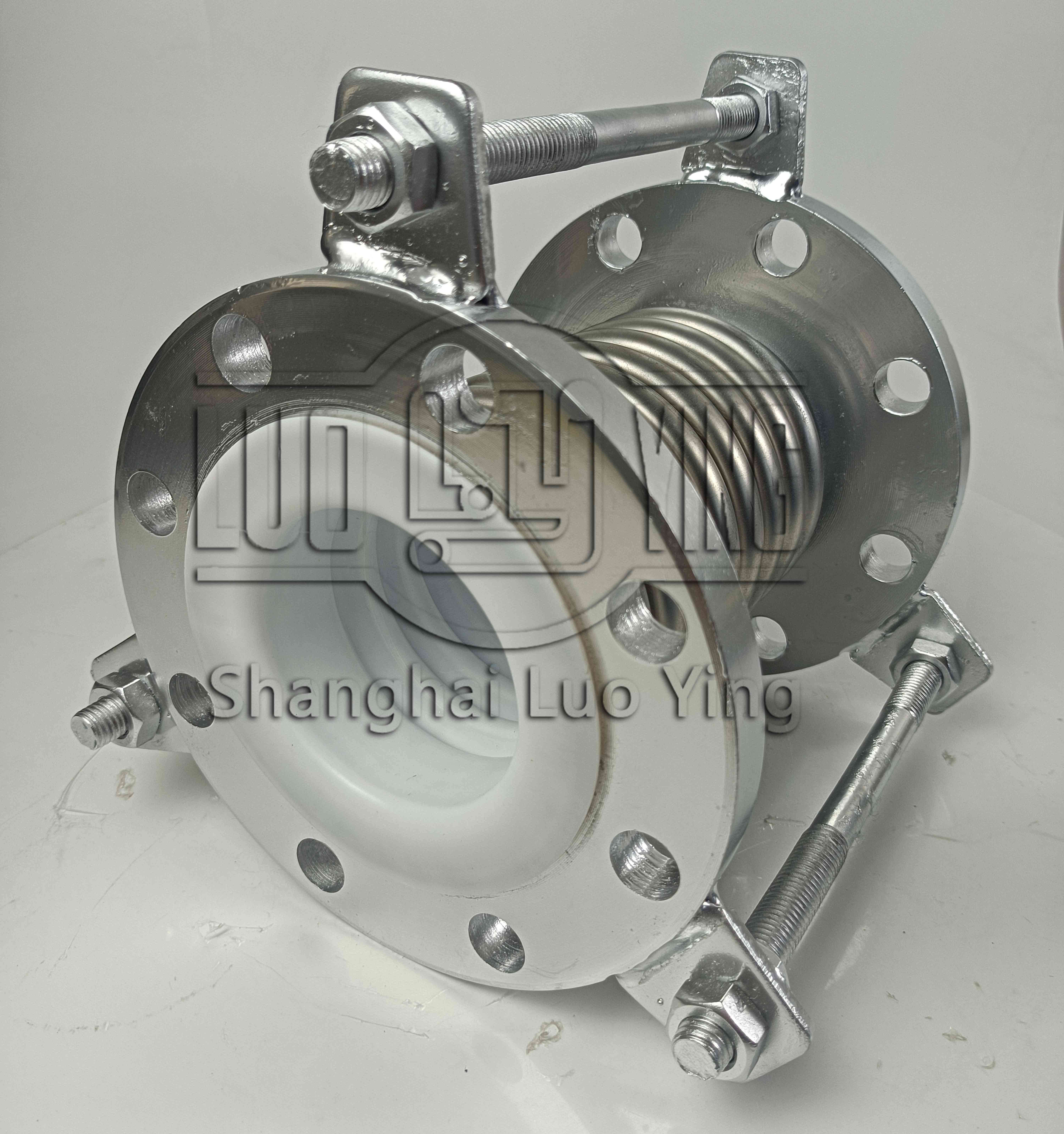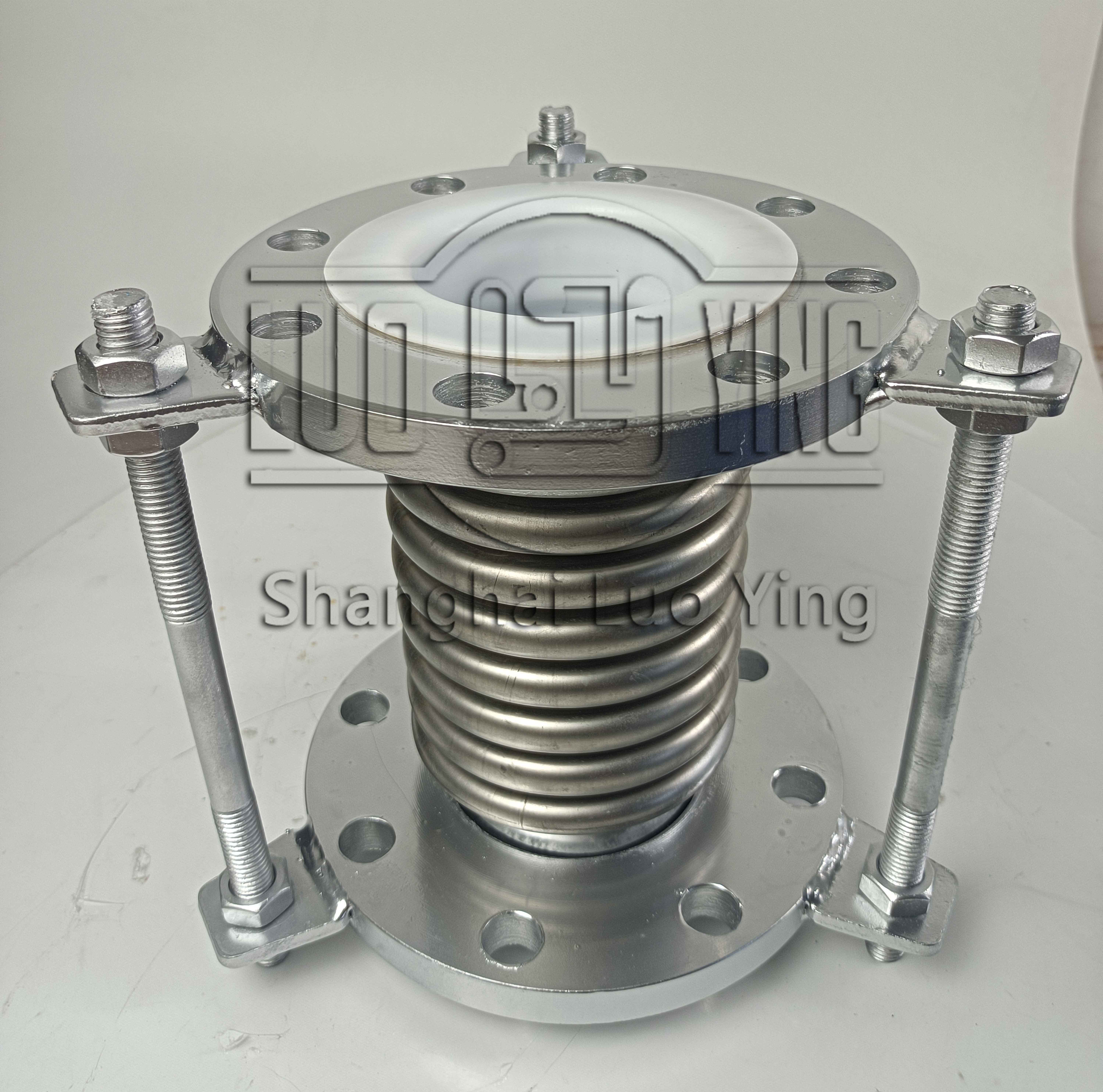PTFE compensator sandblasting treatment
Feb-23-16
Tetrafluoro compensator is the main corrosion inhibitor of oriented silicon tetrafluoro compensator. In addition to adding nitrogen during the refining of tetrafluoro compensator, it can also be nitrided after decarburization to increase the dose and improve secondary recrystallization. After secondary recrystallization, n is also a harmful element that causes magnetic aging of the tetrafluoro compensator and needs to be purified and removed. Manganese has little effect on improving the corrosion resistance of the tetrafluoro compensator because it has little effect on improving the electrical potential of the iron-based solid solution and the protective effect of the oxide film formed is very low.Since the tetrafluoro compensator also has a guiding function, the deformation caused by the self-weight of the tetrafluoro compensator leads to the deviation of the boring head and the boring tool during the machining process, resulting in scrap. For the products processed by cold-drawing method, the rate can only reach about 60%. For the cylinder processed by traditional boring method, the metal utilization rate is only 50%-70%.
With the drawing method, the metal is not cut into scrap, but an elongation rate of 30% can be obtained, and the metal utilization rate can reach 95%. Improve the mechanical properties of the metal in the pipe: produced by the drawing method, the plastic deformation of the billet reaches more than 30%. Due to the process hardening, the strength limit of the tetrafluoro compensator metal is greatly improved.



